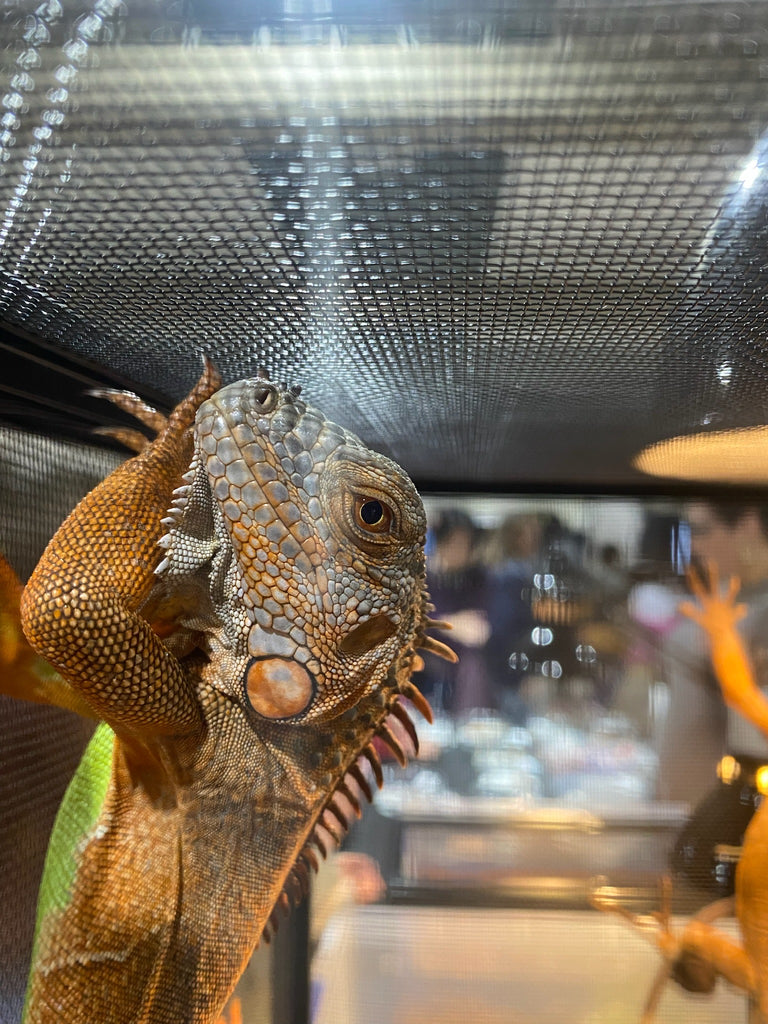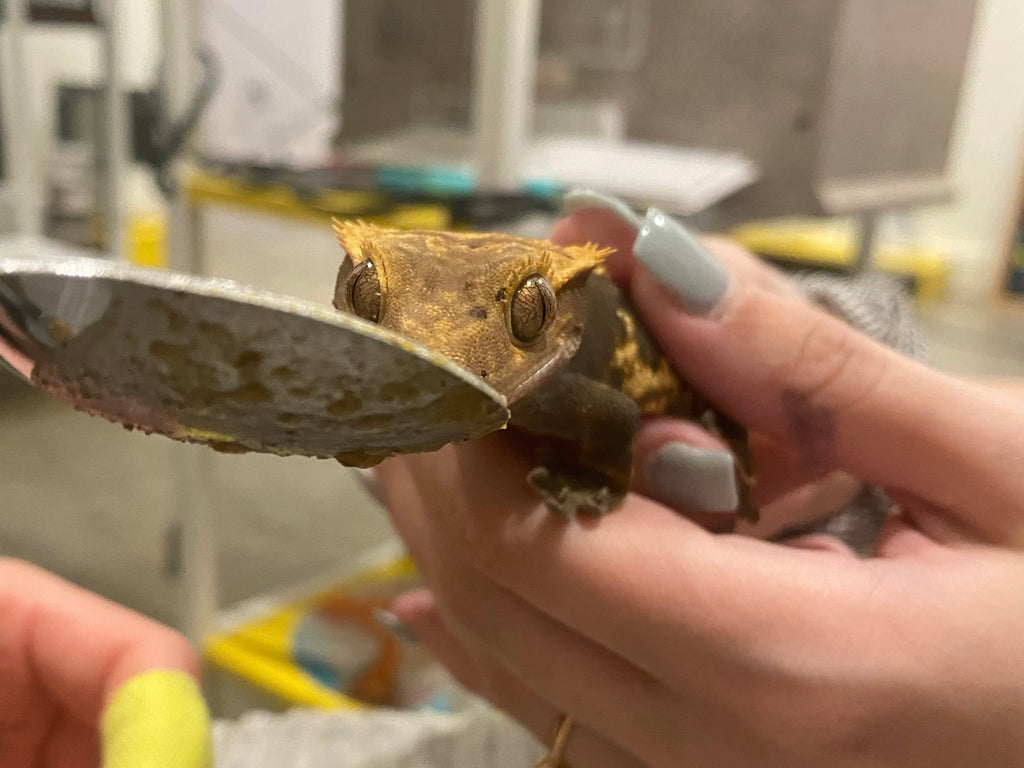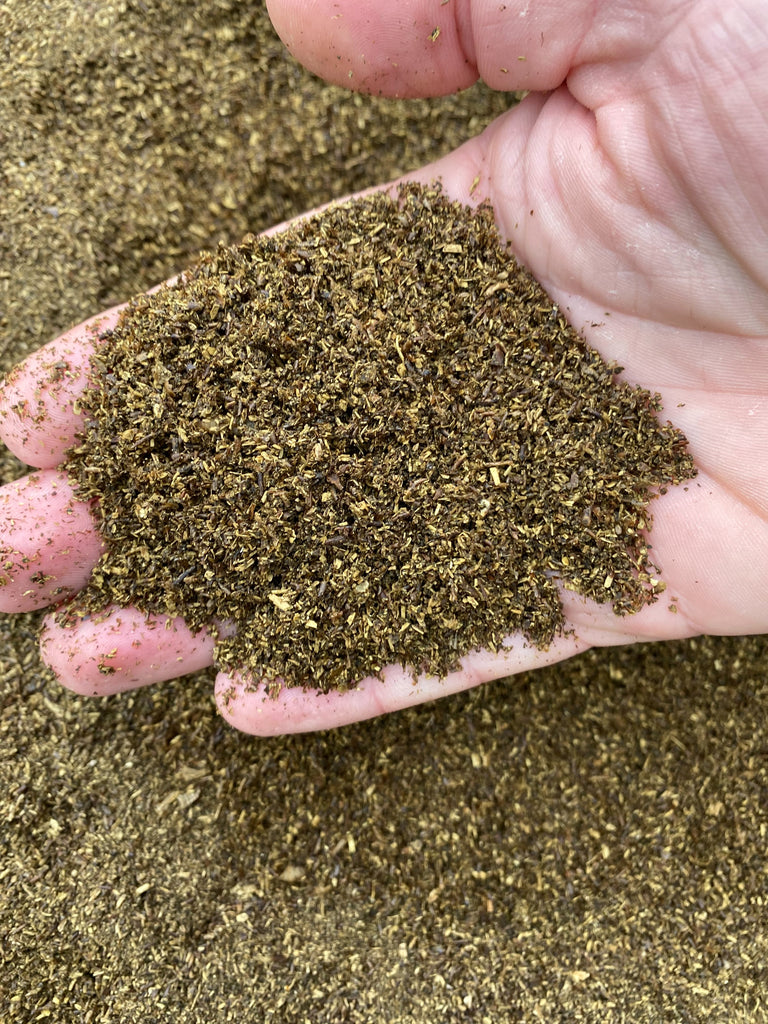WHAT ARE YOU WASTING FOR?
Food waste is something people can’t entirely avoid. Even the most eco-friendly, efficient eater still throws away rinds, peels, cobs, the science experiment they forgot about in the fridge, and the occasional ravioli that dropped on the floor (although we believe in the 5-second rule around here). But instead of chucking that leftover quinoa in the trash and contributing more methane gas production to landfill waste, you can compost instead.

Adding black soldier fly larvae to your home compost speeds up the process even more. These amazing creatures are some of the most efficient consumers on Earth. Each larva can eat up to 200 mg of food waste per day* (that doesn’t sound like a lot, but it’s like eating your own weight in tacos), while also removing some toxic substances from your compost ( Attiogbe et. al, 2019). They can quickly break down initial waste by 50% in two weeks, under ideal conditions, blowing traditional methods of composting out of the water. (Amrul et. al, 2022). And they’ll eat almost anything, from fruits and vegetables to animal products–even animal waste.
THINGS TO CONSIDER BEFORE SETTING UP YOUR COMPOST
Before getting your hands dirty, there are a couple of things you’ll need to decide before you begin:
- Where will your compost be located? - You’ll need to select a mostly shady location in your yard that lets in at least three to four hours of full sun every day and that gives your bin access to uninterrupted airflow. If your bin will be near a fence or wall, keep the bin at least a foot away from it to help with air circulation.
- What time of year is it? - Although you can set up your compost bin any time of year, black soldier flies prefer warmer temperatures and are most active at around 80°F. They cannot survive in freezing temperatures, and compost will significantly slow down during the colder months. Creating an ideal environment for BSFL is easy to do in the spring once the last frost has passed. If you’d like to maintain your colony year-round, check out our BSF farming blog here.
GET YOUR BIN ON
A home compost doesn’t have to be some elaborate, fancy schmancy ordeal. You can use all sorts of containers to house your scraps and tiny diners. You can purchase a bin specially designed for composting or just use a large plastic storage bin from a home improvement store. Or, if you're crafty, you can build one out of wood (we hear pallets are pretty amazing compost holders). And if you’re super serious about soldiering, you can even find compost bins made specifically for black soldier flies. These are designed to help with the breeding and pupating process.

A bin that’s about 1 cubic yard (3’x3’x3’) is just the right size to allow your compost to reach the ideal temperature to activate microbial activity and begin the decomposition process. If you’re building your own container, don't forget to include an opening at the top to add and mix your compost, as well as an opening on the lower side to get your compost out. You’ll also want to create drainage holes on the bottom of the bin to prevent moisture retention. Some people go the extra step and attach a drainage hose or tube to manage the leachate flow.
GET DOWN WITH THE BROWN (AND THE GREEN)...
There are two kinds of composting material: brown, or organic matter that’s been dead a while, such as brown leaves, branches, hay, and eggshells. These materials provide the carbon that is necessary for decomposition. The other is green material, or organic matter that is ‘freshly dead.’ These include grass clippings, vegetable and fruit scraps, coffee grounds, and manure. Green material provides the nitrogen your compost will need.

You’ll want to layer these in a 2:1 ratio (2 parts brown to every 1 part green). Together, these create the ideal environment for both bacteria and fungi, the other ‘eaters’ that will feast on your waste. Too much green matter and your bin will start smelling like a rotted corpse. Too much brown and your compost won’t break down. Keep in mind that the recommended feeding rate for black soldier fly larvae is 4 pounds of material per day for 10,000 maggots (Terrell et. al, 2022).
... AND EVERYTHING ELSE
Black soldier flies are omnivores that can devour meat and dairy products alongside plant-based kitchen scraps faster than a politician changes their mind. However, you’ll need to keep the ratio of animal products smaller, around 10-15%. Any more and your little dudes might not be able to gnaw through it before it starts to stink. If you find that your BSFL are munching through this material especially quickly, you can add in a little more until you hit a happy balance, but wait until the animal products have been broken down before adding in more.
Remember to cut up larger pieces of meat and cheese to prevent delayed decomposition. Bury animal product waste into your compost to prevent curious critters such as raccoons and coyotes (and other insects), from getting into your bin.

DON'T FORGET TO HYDRATE.
You’ll also want to add a little bit of water to your compost once a week. Moisture is essential to a healthy compost bin. Too much water and not enough oxygen will flow. Too little and decomposition will slow. A perfect moisture balance is when your compost feels like a wrung-out sponge. Dryer climates may need to add water more often, while very humid environments may not need to add water at all.

BUILD IN THE NURSERY.
You’ll want your black soldier flies to breed and make more larvae once they’ve made your compost bin their home. Attaching a piece of corrugated cardboard to the lid or side of your bin using some wire creates the perfect place to lay eggs, and will attract BSF mamas back to your compost. Once the eggs hatch, they should be close enough to the compost to fall directly down into it.
If using a lid, you’ll want to cut or drill an opening to allow your black soldier flies in to lay eggs. Also create an opening near the top on the side of your bin that lets in sunlight, to allow for older larvae to escape and turn into adult flies.
ADD IN YOUR FRIENDLY NEIGHBORHOOD SOLDIER-MEN.
This is the step that turns your average compost bin into a compost bin on steroids. The amount of soldier fly larvae you add to your compost depends on the size of your bin, but typical backyard bins do well with 5,000 neonate, or "compost-grade" larvae (we recommend the neonates because they are hungrier, do best growing on a variety of food, and have a longer period of eating than larger larvae). You can purchase compost-grade black soldier fly larvae here. And you know what? You've read this far, you deserve a treat. Use code COMPOSTLEARN at checkout to get 15% off your first order of compost-grade black soldier fly larvae.

You’ll want to turn over your compost once or twice a week to ensure oxygen is being replenished. Microorganisms (and BSFL) in your compost use aerobic action to live and decompose waste, which requires oxygen. Turning your compost lets your bin ‘breathe.’

To do this, you can use a shovel or pitchfork and turn over your compost like you’re mixing up a bowl of cake batter (ok, maybe not, but you get the point). If your bin is on the small side, a trowel will work. Some ready-made compost bins sit on an axle and have a simple hand crank to turn the bin, making it less messy and easy-peasy.
HARVEST TIME.
The compost at the bottom of the bin is what you’ll extract and use in your garden or lawn. It should be dark brown, crumbly to the touch, and look and smell like earth. If there are dead larvae in the compost, don’t worry, they won’t harm your garden, they’ll break down naturally. The frass (insect poop!) that BSFL leave behind is a potent fertilizer (READ OUR FRASS BLOG HERE). Keep in mind that since black soldier fly larvae are so efficient, the amount of compost you yield will be significantly less than with traditional composting methods.
Happy black soldier fly composting, you environmentally conscious badass, you.
WORKS CITED:
Amrul, N.F.; Kabir Ahmad, I.; Ahmad Basri, N.E.; Suja, F.; Abdul Jalil, N.A.; Azman, N.A. A Review of Organic Waste Treatment Using Black Soldier Fly (Hermetia illucens). Sustainability 2022, 14, 4565. https://doi.org/10.3390/su14084565.
Attiogbe, F.K.; Ayim, N.Y.K.; Martey, J. Effectiveness of Black Soldier Fly Larvae in Composting Mercury Contaminated Organic Waste. Scientific African 2019, 6.
https://doi.org/10.1016/j.sciaf.2019.e00205.
Terrell, C. and Ingwell, L. Vegetable Insects. Purdue University Extension - Entomology 2022. https://extension.entm.purdue.edu/publications/E-276/E-276.pdf.











